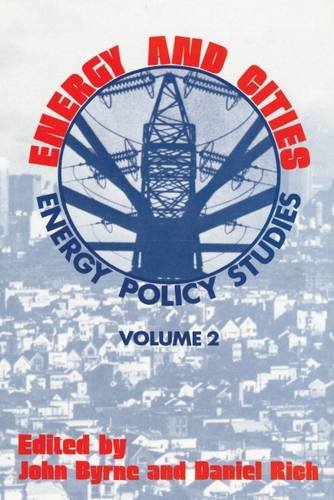

 |

|

The average rating for Energy and cities based on 2 reviews is 4 stars.
Review # 1 was written on 2016-10-31 00:00:00 Marc Alston Marc AlstonLots and lots and LOTS of behind the scenes info about our favorite alternate universe of HPlandia, HRtopia and the minds and thoughts behind it all. If you're the inquisitive sort and need to know just about everything about things, but especially M&B/HQN - this is the book to have. |
Review # 2 was written on 2013-11-29 00:00:00 Aixa Rodriguez Mariani Aixa Rodriguez MarianiI think the Mills & Boons imprint was one of the first romance books I ever read, thanks to a kind aunt who gave me a couple. I remember keeping them at the back of my cupboard behind my clothes so that my elder sister wouldn't find them and tease me about the books I read. Since then I have learnt to embrace my love of romance and this line in particular. Recently, as part of my Vintage romance reading project, I've been reading a lot of older Harlequin recently; as for me, these books are fascinating as a reflection of popular women's preoccupations over time. As books written for women by women, I find them unique in the genre serial fiction. As a result, I decided to broaden my reading to books about this topic. The good people in the group Harlequin Presented recommended this book () and I am glad they did. This survey of Mills & Boon was published in 1999 it does not cover the new century publishing trends like rise of YA, Fifty Shades of Grey, the eventual sale of Harlequin Publishing itself as profits fell. It would be interesting so see this book (or this topic) updated for recent trends. Nonetheless, the book was quite interesting and provides an excellent introduction to the types of stories printed by Mills & Boon in the 20th century. I also note that this book does firmly focus on Western literature; like it says "... novels based on the lone male plot are more highly regarded in western culture...". With the caveat that I am not an academic, I don't believe this would hold true for other cultures. I am reminded of a South Asian context which has a strong emphasis on love stories which continue to dominate popular media (see Love in South Asia as an example). For people who don't know - Mills & Boons was a UK publisher (eventually bought out) vs. Harlequin which is/was Canadian. As a result, Mills & Boons stories are quite tied to the UK milieu and won't cover things like the Cowboy romances which are popular for Harlequin in North America. This book doesn't talk about it a lot but it's important to understand so that the context of what is being surveyed is clear. The book divides into themes - such as the evolution of the hero, the heroine, paid work - and then surveys the changes and emphasis over time. I enjoyed certain chapters more than others - the chapter on the treatment of war (WWI, WWII) was intellectually interesting but not as much so as the one on women's right to work and be paid fairly but this is mostly personal focus than any fault of the writing. Most of the book was a bit of an echo chamber for me as I tend to agree with it's central premise: "In so far as the heroine always gets what she wants, on her terms, in a strange way, Mills & Boon's are feminist". I agree with sentiment for Romance in general where female centric stories and female desire is paramount. This could be why I loved this book. The book, being a survey, doesn't get into much social context but it's an excellent introduction. It also doesn't shy from criticism which I found balanced. See below for how race is treated over time in the novels: "This emphasis on the colour white representing all that is honourable and trustworthy in a man, is one way in which the books of the early years are racist..." Despite my (supposedly) extensive reading of these books, I was surprised by the sheer variety of the stories on offer. For example, women have been shown as doctors (on a whaler), petroleum engineers, camp administrators, nurses, CFOs etc. I feel that the Harlequin Presents in the 2000s actually got took a step back with respect to the jobs women hold. Men became super-rich and working women went back to secretarial work. At least, this is what I remember, making me wonder if that had anything to do with the takeover of the Mills & Boom press by HQ and if the need to market these books to a global audience forced a homogeneity into the books which did not exist in the 20th century. Overall, I enjoyed the book a lot but it was a little simpler than I liked. It doesn't go into much detail with respect to why the books differ and what was happening in society. The references are there but only enough to whet the appetite. Since I believe that was the intent of the book, I am giving it a 4.5 stars rounded up to a full 5 as I did think it was very successful. Recommended for readers of Harlequin and anyone interested in giving romance it's due. |
CAN'T FIND WHAT YOU'RE LOOKING FOR? CLICK HERE!!!